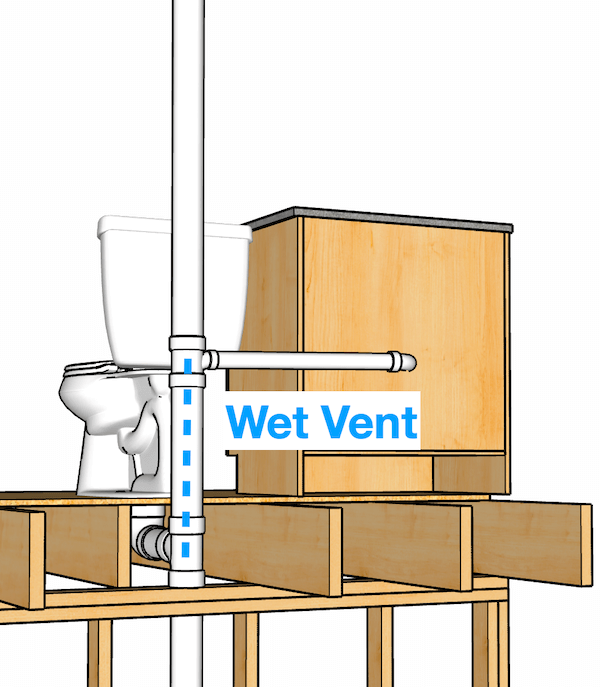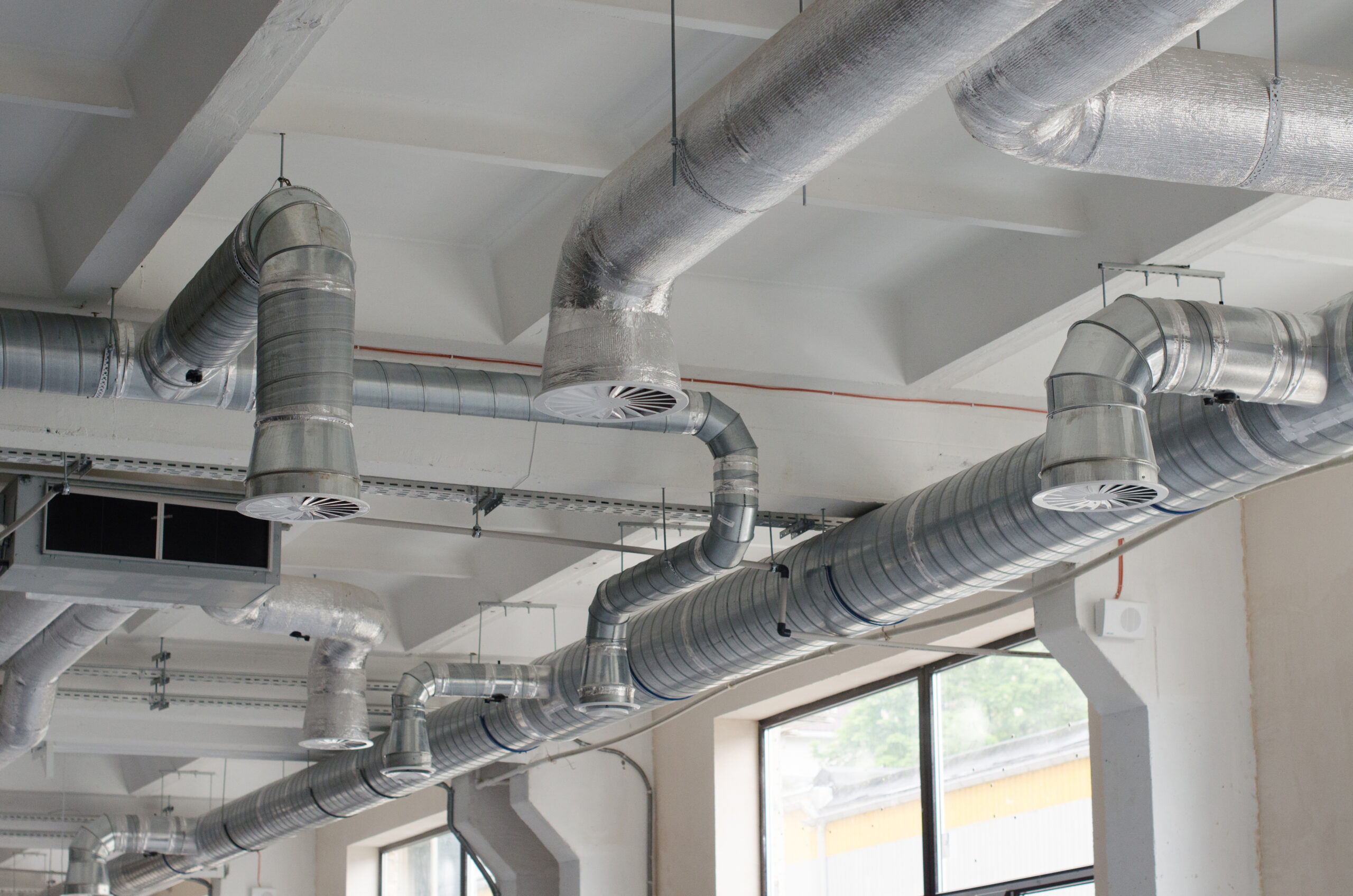Why Adequate Ventilation is Crucial for Plumbing Systems
Why Adequate Ventilation is Crucial for Plumbing Systems
Blog Article
They are making a few good annotation on the subject of Essential Plumbing Vent Pipes: Understanding Their Role overall in this great article in the next paragraphs.

Correct ventilation in plumbing systems is frequently forgotten, yet it is essential for keeping the functionality and safety of your home's plumbing. Air flow helps regulate atmospheric pressure, prevent the buildup of harmful gases, and make sure the reliable elimination of waste. In this overview, we will check out the relevance of proper pipes ventilation, how it functions, and the benefits it gives your plumbing system.
Just How Ventilation Functions in Plumbing Equipments
Air Pressure Law
Proper ventilation maintains balanced atmospheric pressure within the pipes system. When water flows through pipelines, it displaces air. Without ample air flow, this displacement can create negative pressure, leading to slow drains pipes or siphoning of water from traps, which can create unpleasant odors to permeate into the home.
Avoiding Sewage System Gas Accumulation
One of one of the most vital functions of pipes vents is to prevent sewage system gases, such as methane and hydrogen sulfide, from building up within the home. These gases can position serious health and wellness risks and are extremely flammable. Vent pipelines permit these gases to get away securely outdoors.
Helping in Waste Elimination
Ventilation helps in the efficient elimination of wastewater by preventing airlocks in the drain system. When air can stream openly through the vents, it allows water and waste to stream efficiently through the pipes, minimizing the threat of obstructions and backups.
Advantages of Correct Air Flow
Boosted System Performance
Properly ventilated plumbing systems run much more effectively, with fewer clogs, faster draining, and less pressure on the pipelines. This performance expands the life expectancy of the plumbing system.
Improved Air High Quality
By avoiding sewer gases from entering your home, correct air flow adds to much better indoor air top quality, making your living atmosphere healthier and much more comfy.
Stopping Water Damage
Adequate ventilation assists avoid water from being siphoned out of catches, which can lead to sewer gases going into the home and causing water damage over time.
Steps to Ensure Proper Air Flow
Consulting Pipes Codes
Constantly get in touch with neighborhood pipes codes when developing or modifying your pipes system. These codes supply the required standards for appropriate airing vent and ensure your system fulfills security standards.
Routine Inspection and Upkeep
Regular assessments can aid determine possible ventilation problems prior to they come to be significant troubles. Maintenance jobs, such as cleansing vent pipes and looking for obstructions, are necessary for maintaining the system in good working order.
Expert Installment
For brand-new setups or major alterations, it's smart to hire an expert plumbing professional. They have the knowledge to ensure the air flow system is properly created and mounted according to code.
Comprehending Ventilation in Plumbing
Ventilation in pipes refers to the network of pipelines that permit air to move through the drainage system. These vents serve multiple objectives, including controling atmospheric pressure within the pipelines, avoiding drain gases from entering the home, and assisting in the smooth circulation of wastewater.
Sorts Of Plumbing Vents
Main Heap Vent
The main pile vent, also referred to as the vent pile, is the main air vent in a pipes system. It prolongs from the major drain line up through the roofing system, permitting gases to run away and fresh air to go into the system.
Branch Vent
Branch vents connect to the primary pile vent and serve private fixtures, such as sinks, commodes, and showers. These vents guarantee that each component has adequate ventilation to function correctly.
Air Admittance Shutoff (AAV).
An Air Admission Valve (AAV) is a one-way shutoff that enables air to enter the plumbing system without the need for a traditional air vent pipe expanding through the roof covering. AAVs are typically made use of in restorations or areas where installing a common vent is not practical.
Indicators of Poor Ventilation in Pipes.
Slow Draining Fixtures.
If your sinks, tubs, or toilets are draining pipes slowly, it could be a sign of inadequate ventilation. Poor air flow can develop a vacuum cleaner impact, making it challenging for water to drain effectively.
Gurgling Seems.
Gurgling audios coming from drains are frequently an outcome of air being sucked with water traps due to adverse stress in the pipes. This is a clear indicator of not enough ventilation.
Unpleasant Smells.
Sewer smells inside your home are a red flag that your plumbing system is not effectively aerated. This might imply that sewer gases are not being sufficiently vented outside, leading to possibly dangerous conditions.
Usual Air Flow Errors.
Inadequate Vent Sizing.
Utilizing undersized air vent pipes can bring about inadequate air flow and pressure discrepancies in the system. It's important to utilize vents that satisfy the specific needs of your pipes system.
Improper Vent Placement.
Placing vents also much from the components they offer can minimize their effectiveness. Proper placement guarantees that air can move freely and successfully with the system.
Disregarding Code Requirements.
Building ordinance supply certain guidelines for pipes ventilation. Neglecting these codes can result in a system that stops working to operate correctly and may result in expensive fixings or carcinogen.
Conclusion.
Proper ventilation is an important part of any kind of pipes system, making certain that it operates successfully and securely. By comprehending the value of ventilation, acknowledging the indications of poor air flow, and taking steps to preserve your system, you can avoid costly problems and protect your home's air quality.
4 Things You Should Know About Your Plumbing Vents
What Plumbing Vents Are
Also called a vent stack, a plumbing vent is a vertical pipe attached to your drain line that runs through your roof. The plumbing vent pipe, or plumbing air vent, removes gas and odors from your plumbing system and allows fresh air to enter the pipes, helping the water to flow out of the drain pipes.
What Plumbing Vents Do
Plumbing vents have two basic functions. One of which is to allow unpleasant smelling wastewater and sewer gasses to escape your plumbing system instead of entering your home. Plumbing vent pipes are typically located on roofs, away from windows, to ensure the fumes exit the home completely.
The other function of the plumbing vent is to move fresh air into your plumbing system. This helps move water through every plumbing fixture in your house, like toilets and sink drains. Think of the way in which you need to let a little air into the bottle as you pour soda in order to make the drink flow smoothly.
Different Types of Plumbing Vents
True vent: This is the most common vent option. In simplest terms, a true vent is a vertical pipe attached to your drain line that exits through the roof. They often function as the main vent that other fixtures can connect to. Re-vent pipe or auxiliary vent: Attached to the drain line near specific plumbing fixtures, re-vent pipes run up and over to connect to the main vent. Common vent: Two plumbing fixtures installed on opposite sides of a wall are typically tied into the vent stack using something known as a sanitary cross. Wet vent: This venting option operates as a drain pipe and a vent at the same time. Wet vent drainage systems drain water from one fixture while venting the air from another. Although they’ve been used for over 100 years, wet vent systems have only recently been added to the plumbing code in many areas. If you’re planning on installing one in a bathroom remodel, make sure you check your local code prior to construction. Loop vent: For free-standing fixtures like kitchen island sinks, loop vents are ideal. These vent pipes run under the floor, rise from the P-trap, and create a loop inside the cabinet sink. Air admittance valve: An AAV is a one-way mechanical valve typically installed at the site of the plumbing fixture. AAVs allow venting to occur without having to tie into a larger venting system. They’re ideal for venting fixtures where you aren’t able to easily connect to an existing vent system. Common Plumbing Vent Issues
Although vent pipes typically don’t have water flowing through them, they’re still subject to many typical plumbing issues. For example, clogs are one of the most common problems associated with sewer vent pipes. If your vent pipe gets clogged, all of your plumbing fixtures tied into the vent stack will be affected.
A sink with a slow drain that bubbles and gurgles or a strong sewage smell around your toilet are both indicators that your toilet vent pipe is clogged. Because most vent pipes exit through the roof, old leaves, twigs or even a bird’s nest could be clogging the pipe.
Clogs in your vent pipe system cause a buildup of negative pressure, meaning that water won’t be able to flow out of your home very well. It’s similar to putting your finger over the opening of a straw to trap water inside. When you remove your finger, the water is able to flow out of the straw.
If you suspect you have any blockage in your vent, make sure you have a professional come examine the situation. Left unchecked, a blocked air vent can lead to other costly repairs, like leaks and sediment buildup.
Under Pressure
Pipe vents are essential aspects of a home’s plumbing system. Owning a home means learning about all sorts of things you never put much thought into before. But by understanding as much as you can about the important systems of your home, you can keep those budgets intact and those anxiety levels low.
https://www.homeserve.com/en-us/blog/home-improvement/plumbing-vents/

I'm just very fascinated by What Is A Plumbing Vent & How Do They Work? and I am assuming you appreciated the blog post. So long as you liked our post kindly consider to share it. Thanks so much for your time spent reading it.
Click Here Report this page